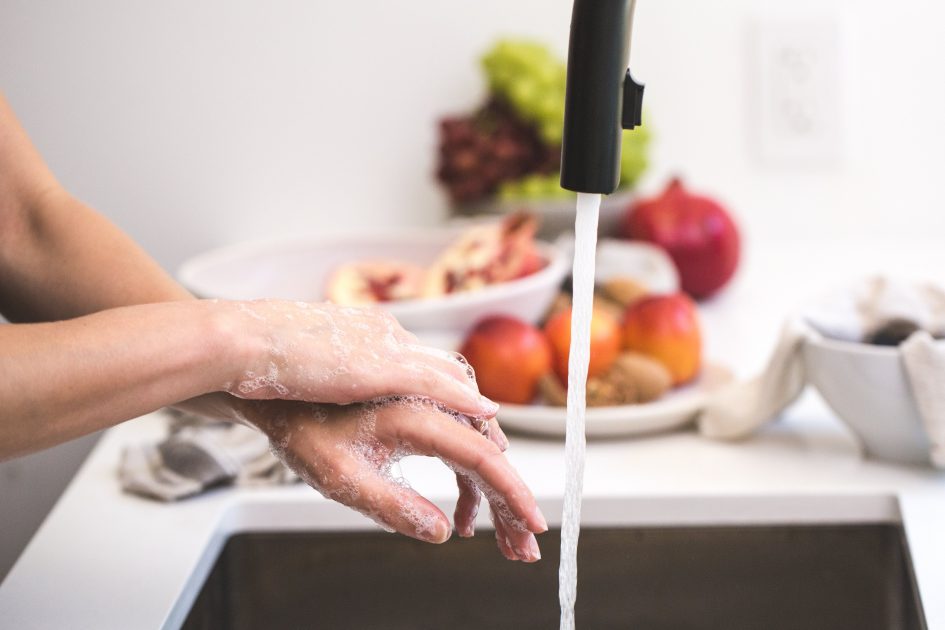In the past, you may have purchased a cleaning product without giving it much thought. You selected the brand you knew, the one you trusted. Today, it’s rare to not have a large selection to choose from; sometimes it can even be overwhelming. While it’s nice to have a choice, many cleaning products can put your health at risk. When you clean with chemicals, you breathe them in. When you do dishes or laundry, you can absorb toxins through your skin. You could be exposing yourself to more dangerous substances than you realize. Plus, it’s all just going straight back into your community’s water supply. So how do you choose a cleaning product that is both eco-friendly and safe for you and your family?
What to Look for When Choosing a Green Cleaning Product
When selecting an eco-friendly cleaning product, confirm that it’s made from naturally occurring, non-toxic ingredients. Look for products with plant-derived surfactants (the class of chemicals that act as cleansing agents). Avoid cleaning products that contain phosphates, chlorine and volatile organic compounds (VOCs) – all of which can be harmful to both you and the planet.
One of the most prevalent natural surfactants derived from citrus is d-limonene. Other naturally occurring substances that make excellent all-purpose cleaners include lauramine oxide, TEA lauryl sulfate and caprylyl or myristyl glucoside. Soy-based cleaners also provide a safe alternative to toxic solvents. Another alternative is to use enzyme-based cleaners. These cleaners help break down organic material, such as dirt, grease and oil. Enzyme cleaners are completely non-toxic and biodegradable.
Green cleaning products are often more cost-effective. It’s also easy to make your own cleaning products – everything from kitchen cleaners to laundry detergent – and many DIY recipes can be found with a simple internet search. For example, vinegar can replace mold and mildew removers, and can be used to replace window, all-purpose and toilet bowl cleaners. This way you can tackle various cleaning jobs in your home without having to buy multiple products.
How Chemical Cleaning Products Can Be Harmful
VOCs, which are used to boost the performance of a cleaning product, can have toxic effects, such as impaired neurological functions, while other chemicals can cause asthma, cancer, reproductive and developmental toxicity, allergies and irritations (depending upon the extent of exposure), according to the Environmental Working Group. When using chemicals, there’s also potential for accidental burns and poisonings.
Another type of substance to take note of is phosphate. Phosphates can cause eutrophication – a form of pollution – of rivers and other bodies of water, which can deplete them of oxygen, decrease water quality and pose problems for marine life.
Despite these concerns, cleaning product labels often don’t provide consumers enough information about their ingredients to allow people to make informed decisions about which ones are safer and which ones might harm their health.
There are many benefits to cleaning green. It’s safer and in many cases it’s much more economical. Whether you choose to make your own cleaners or switch over to new brands, green cleaning eventually becomes second nature. Armed with this knowledge, it’s up to you to take control of the products you purchase for both the good of your health and the environment.
“Cleaning Supplies and Your Health,” EWG, ewg.org, Aug. 15, 2016.

